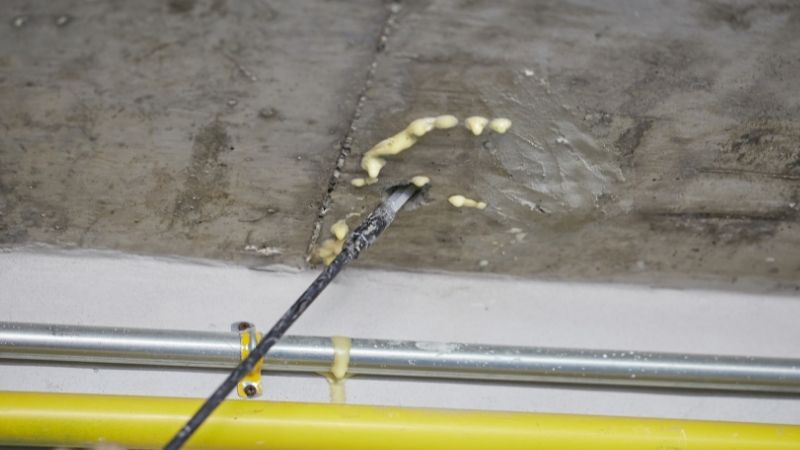
Concrete based on hydraulic binders like Portland cement tends to have a common tendency to crack. There are several different types of concrete crack and numerous reasons it may occur. Your concrete structure may develop cracks over time because of shrinkage in plastic and the hardened stage. There are times when these cracks are small and can be treated on the surface. However, if these cracks penetrate deeper than the surface, they will affect your concrete structure’s overall durability and integrity.
Crack Repair Using Epoxy Resins
The process of injecting depends on the location and application of your crack. Vertical, overhead, and horizontal cracks often require different approaches. You must also consider the accessibility and size of the crack. The procedure starts by installing injection ports in equal spacing (generally 40 mm in the center). Wider cracks may require longer spacing. Once done, you need to seal the crack through their length using a suitable sealing material. In case of a horizontal crack, you must inject from the widest section.

At the same time, vertical cracks are injected from the ground up.
When Should You Use Polyurethane Resins For Crack Repairs?
If the crack is not compromising the structural integrity of the concrete, it will be a more suitable choice to fill the gaps using polyurethane grouts or any other nonstructural material. The foaming action of polyurethane helps you fill in any surface cracks effortlessly. The repair procedure remains mostly the same as we used for epoxy injection.
The selection of your method and materials will depend on the site conditions and the nature of the cracks. If you have any trouble related to concrete repairs, hire professionals instead.
They will help you determine what method is the right for you. Most experts have years of experience which should always come in handy. So, if you are looking for durable concrete repairs, we suggest you hire a concrete repair specialist near you.



